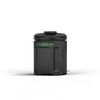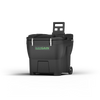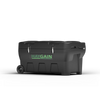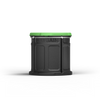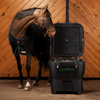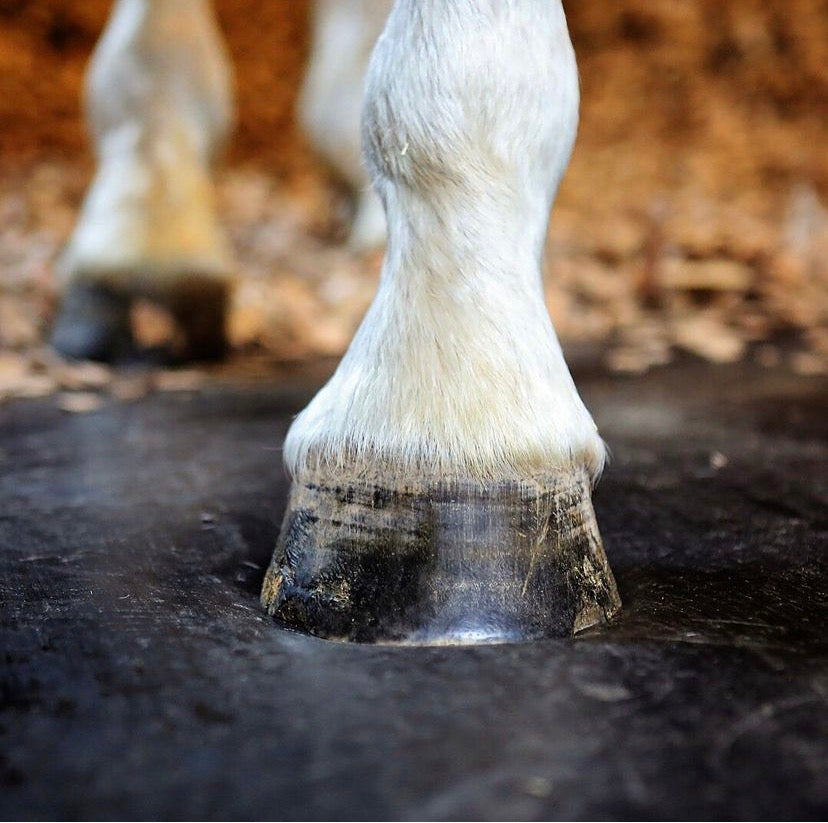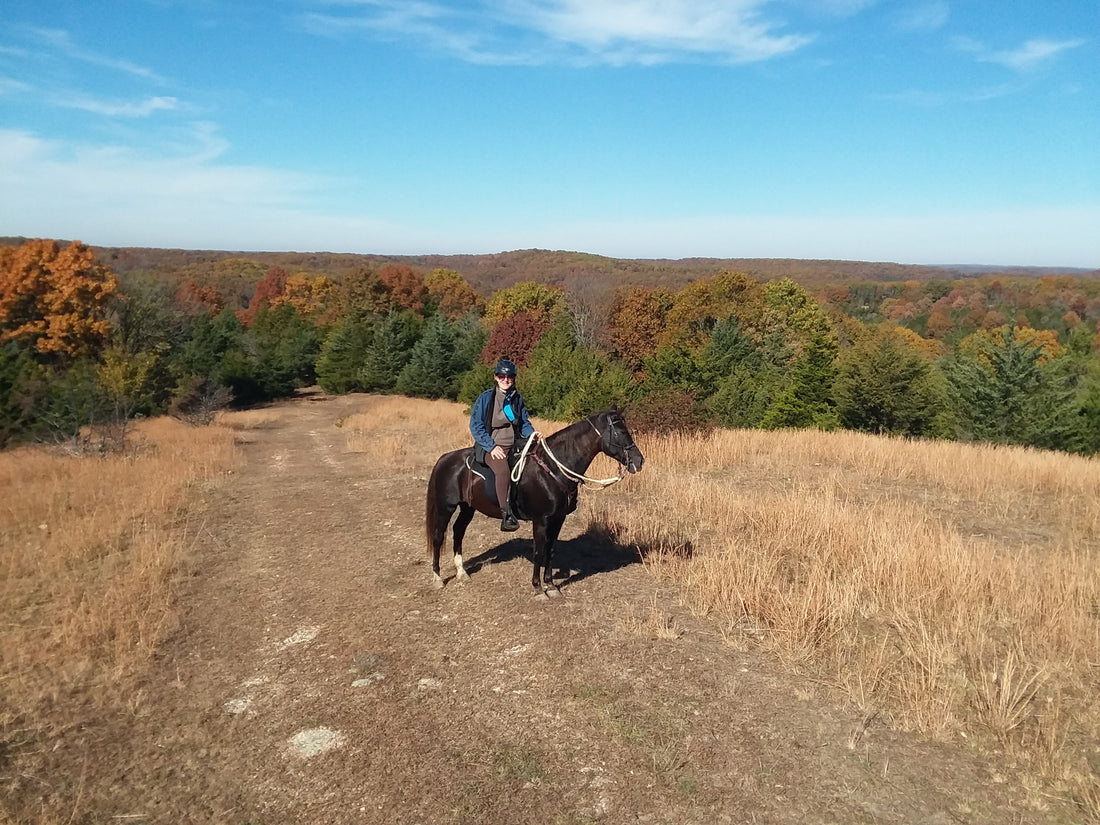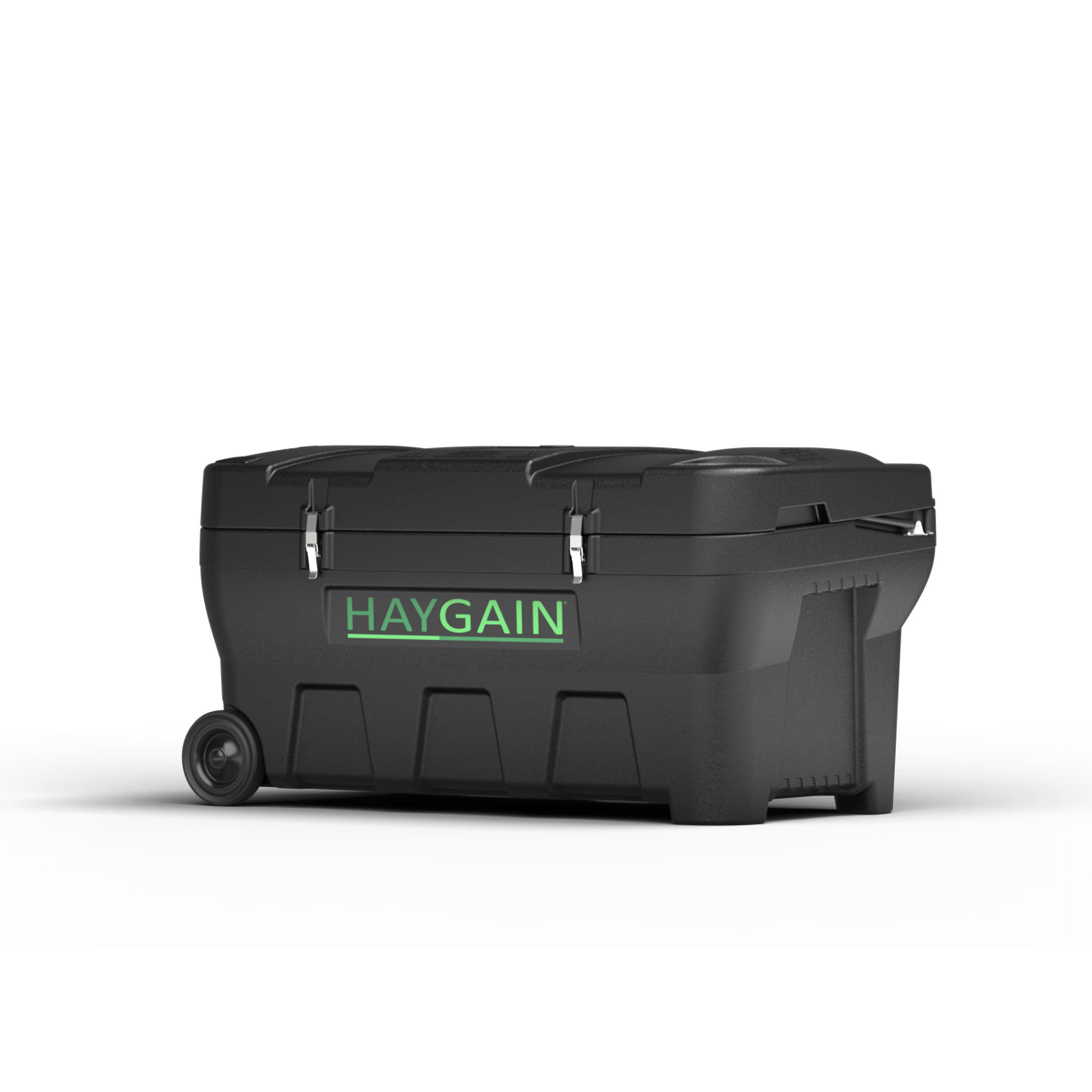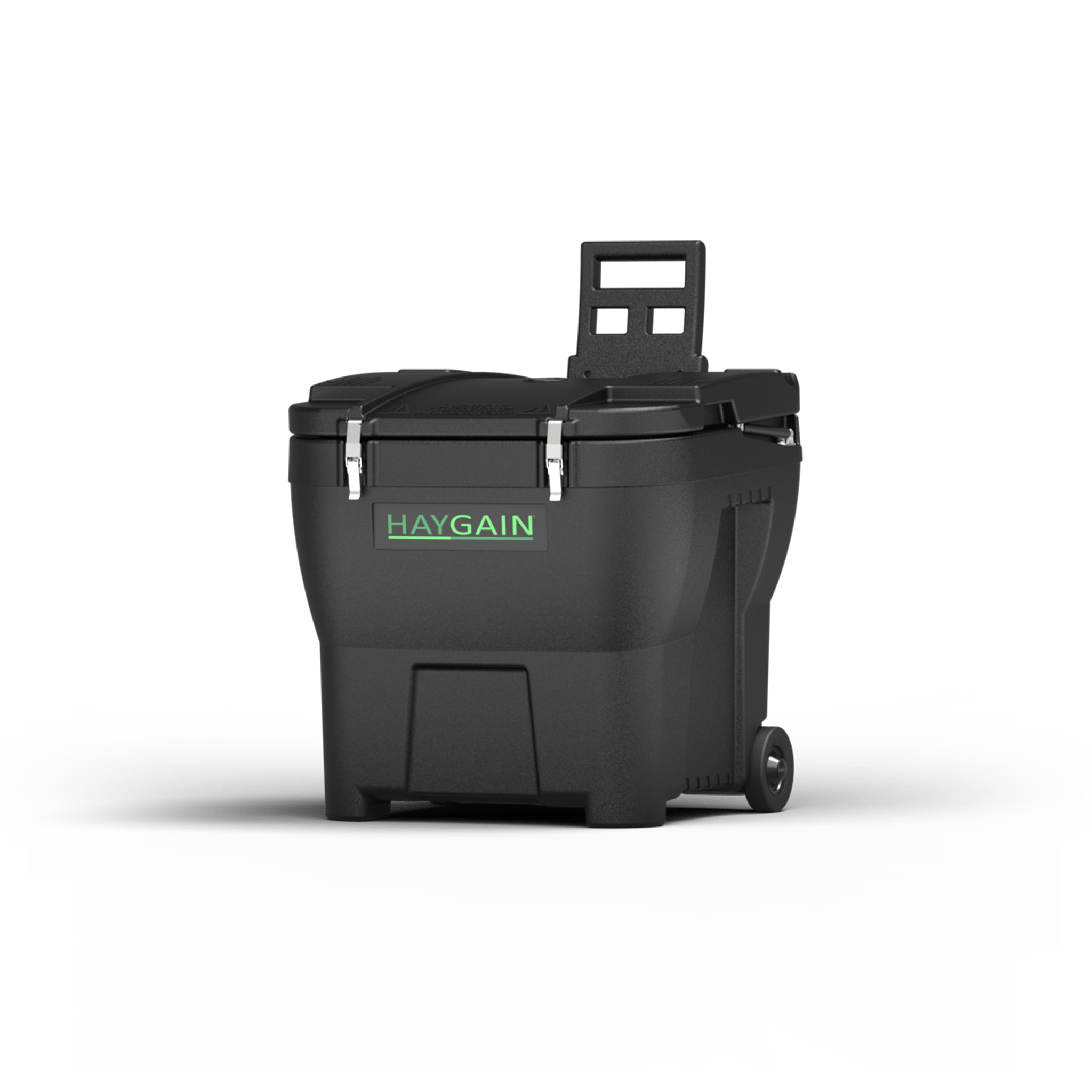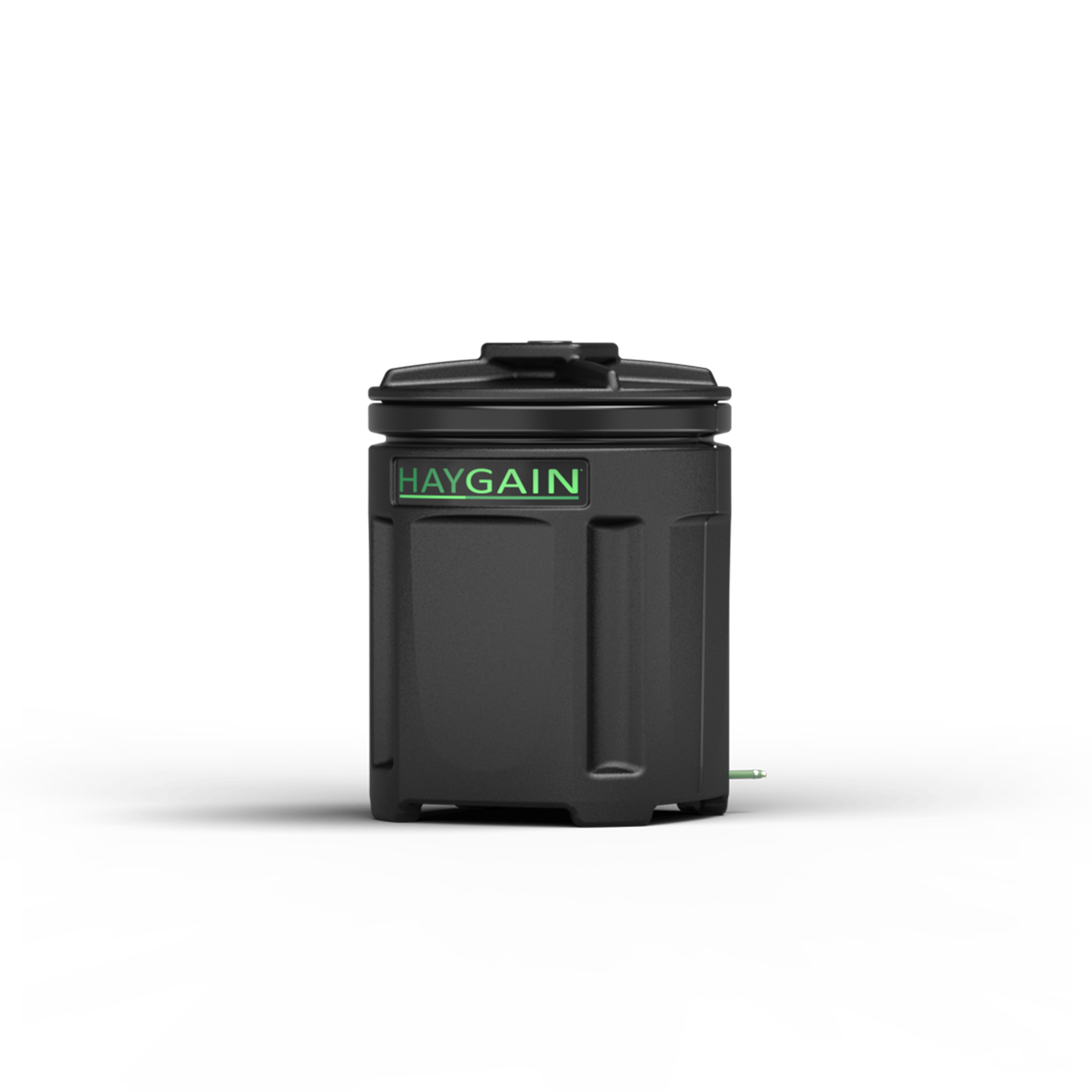February 16, 2021
Get A Jump on Allergy Season!
Breakthroughs in equine allergy research confirm that allergen avoidance remains the best horse health strategy.
By Kim Miller | Equestrian Writer
While much of the world only recently learned the health hazards of microscopic airborne particles, horses have been struggling with their impact for eons - whether their owners know it or not. Allergic reactions that manifest as compromised respiratory function, skin problems, general malaise and poor performance start as tiny airborne particles that infiltrate, irritate and trigger inflammation inside the horse's body.
As with people, inflammation anywhere in the horse's body is bad. In the equine respiratory tract, it impedes the flow of oxygen needed for all cells to function, especially muscles. Deep in the lungs where gaseous exchange transfers oxygen to the blood stream and removes lactic acid from the muscles during exertion, inflammation restricts both these critical processes.
"Dust" is the innocent-sounding description of the conduit for mold, fungi, bacteria and other allergens that activate inflammation, the body's defense against all foreign matter. Unfortunately, most horses' biggest source of nutrition, hay, is loaded with these allergens. This is true even in hay of good nutrient quality and that looks and smells fine.
Hay is grown in microbe-rich soil, transported on highways and stored in environments that can often accelerate the growth of whatever contaminants it contained at harvest or picked up en route to the barn. That hazy cloud that emerges from a shaken flake of hay illustrates this dangerous element in most horses' breathing zone.
Breakthrough
Equine nutritionist and digestive physiology expert Meriel Moore-Colyer, PhD, is excited about new findings regarding allergens that affect horses. As a graduate dean and professor at the Royal Agricultural University in England, she supervised a recent breakthrough study that evaluated almost 400 potential allergens from a blood sample.
Bronchoalveolar lavage (a lung wash) has been the standard for identifying allergens in the respiratory system. But this procedure is invasive and requires the horse to rest for a week or so afterward.
Conducted by Samuel White, PhD candidate, MSc, BSc, the study included 12 equine subjects with Severe Equine Asthma, a condition at the most extreme end of the Equine Asthma Spectrum. Each was exposed to the same potential allergens in a controlled environment, and blood samples revealed which triggered a reaction represented by antigens.
This was the largest scale allergen assessment in Severe Equine Asthma horses to date. The results established a wide range of previously unidentified allergens and highlighted fungi and mites as the main reactants. Pollen and latex were newly identified as a problem for horses, as they are for many people. At an average size of 6-8 microns, pollen had previously been thought to be too big a particle to infiltrate the lungs. They've now been identified as extremely potent allergens.
This initial study established a sound platform for future diagnostics by providing a reliable, fast, repeatable method for screening of potential allergens. Crucially, it enables targeted allergen-avoidance regimes, which are the cornerstone to treatment.
Allergen Avoidance
The results of White's study and the fast-evolving body of knowledge on allergens speak to the complexity of the subject. For example, it's known that repeated exposure to an allergen will cause a progressively more severe response, whether that's coughing, wheezing or decreased capacity to use oxygen at lower levels of exertion.
It was generally thought that horses with hypersensitivy to insect bites were more likely to be vulnerable to various allergens, but that's now in question. "A horse that is a generally allergic character will probably have a heightened reactivity to all sorts of things, but that's not always the case," explains Moore-Colyer. "Determining if one reaction can predict another is one of many areas we are looking into."
Scientists thrive on these questions, but horse owners only need to know one thing regarding allergens. "Allergen avoidance is the cornerstone to effective prevention," asserts Moore-Colyer.
The easiest and most effective way to do that is using a Haygain Hay Steamer, which Moore-Colyer helped develop and tested extensively before the product's commercial launch in 2009. Using steam heated to 212°F (100°C) and injected evenly through hay in a thermally sealed chest, this process reduces up to 99% of the dust, mold, fungi, bacteria and other allergens found in hay.
While affordable, commercial applications of White's discoveries are a ways off, hay steaming gives horse owners immediate access to the best way of reducing allergy risks in the horse keeping environment.
TRENDING ARTICLES
-
BEFORE YOU GO
Get the Haygain Newsletter
Subscribe for the latest news, health advice, special offers and competitions. Fill out the form at the bottom of this page.
